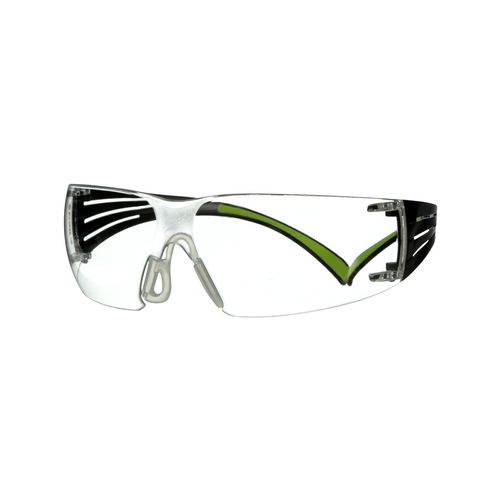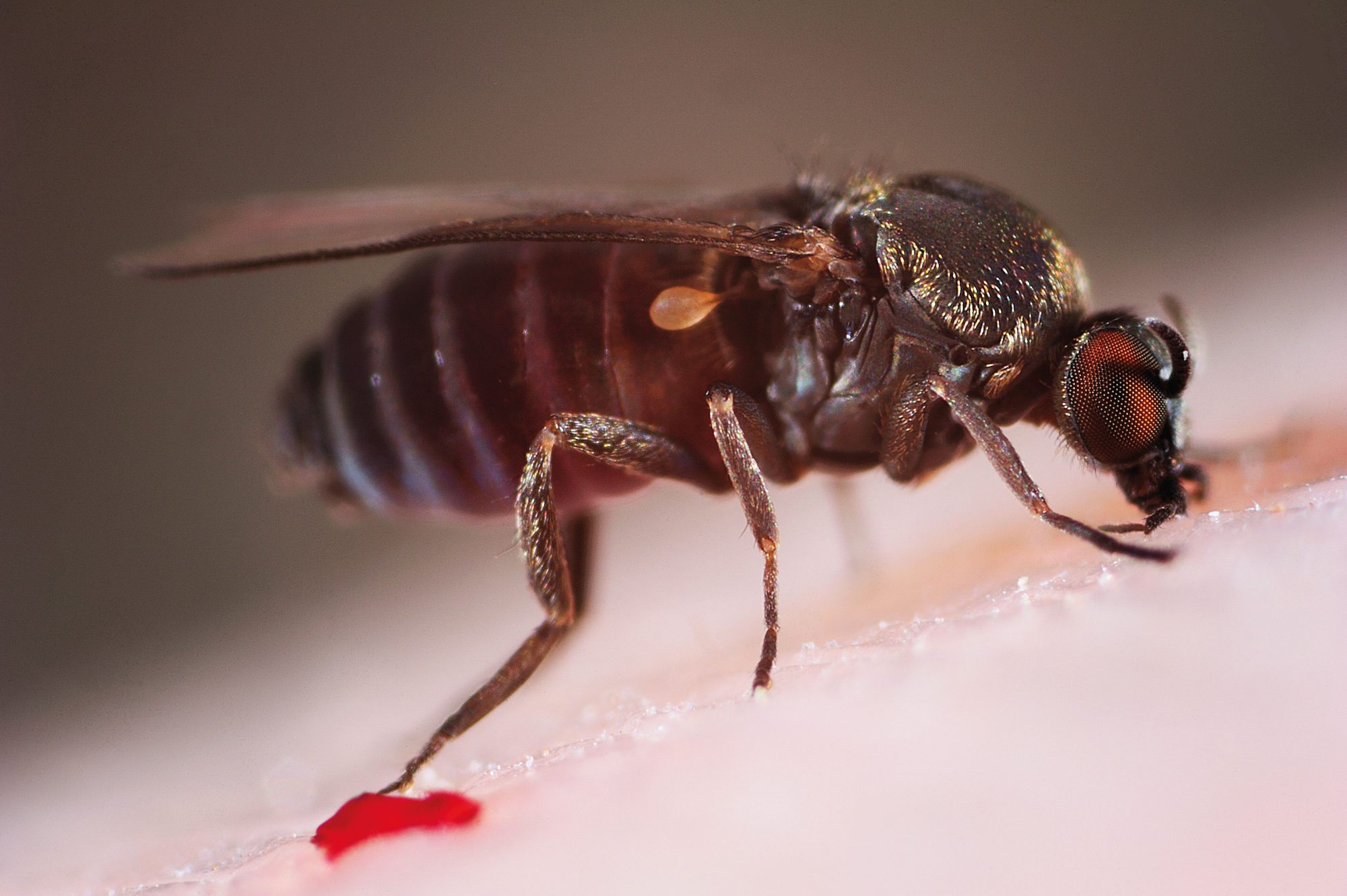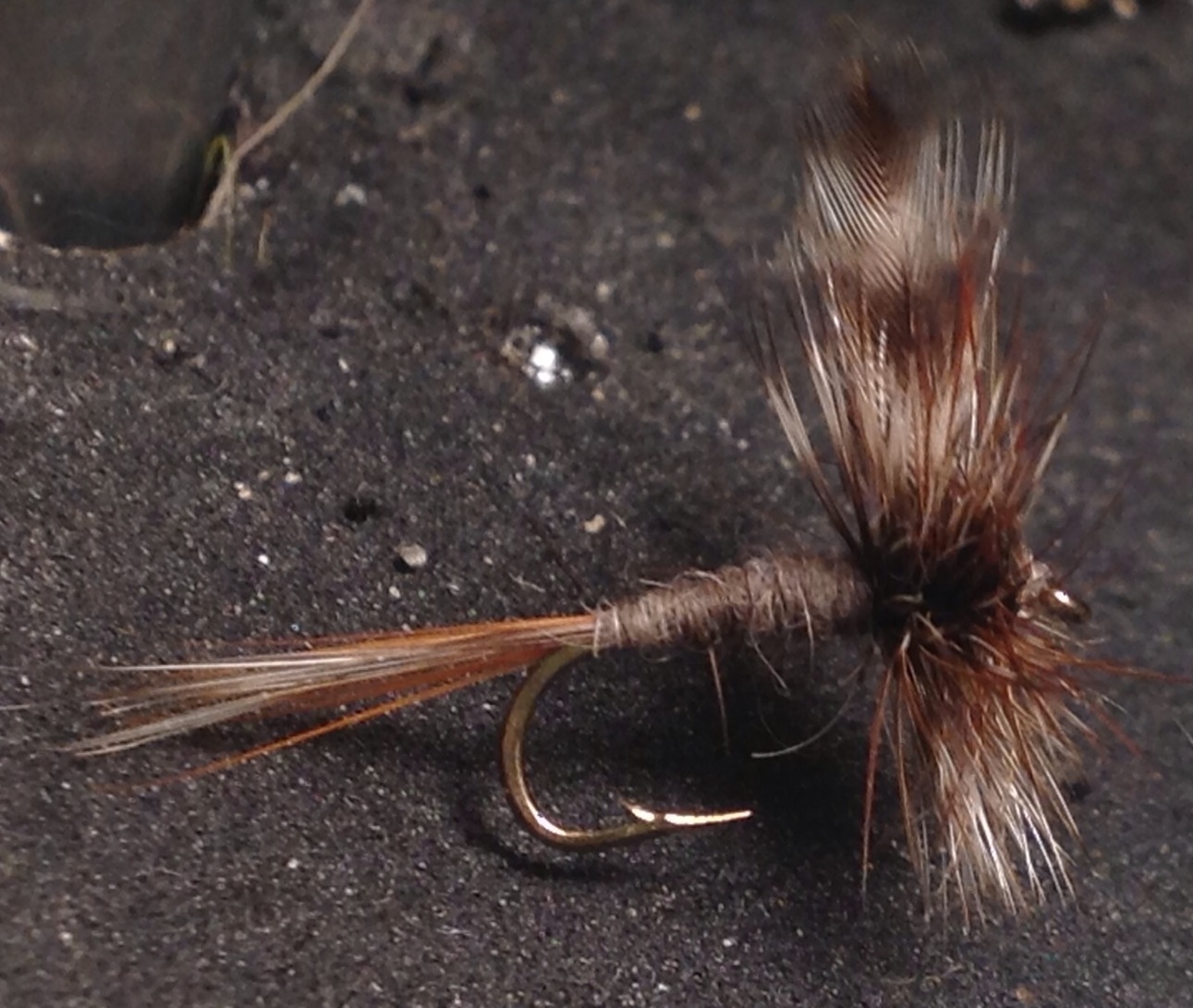Chironomids, commonly known as midges, are a diverse group of aquatic insects belonging to the family Chironomidae within the order Diptera (true flies). These insects are widespread and abundant in freshwater ecosystems, ranging from lakes and ponds to rivers and streams. Chironomids play a crucial role in aquatic ecosystems, serving as both prey for other organisms and indicators of water quality.
Here are some key characteristics and aspects of chironomids:
Life Cycle: Chironomids undergo a complete metamorphosis, consisting of four life stages: egg, larva, pupa, and adult. The larval stage is the most extended and is spent in the water, where chironomids exhibit diverse feeding strategies.
- Egg Stage: Chironomids lay their eggs on or near the water’s surface. The eggs hatch into larvae.
- Larval Stage: Chironomid larvae are aquatic and come in various shapes and sizes, depending on the species. They can be free-swimming, burrowing, or living among vegetation. Larvae often feed on organic matter, algae, and detritus.
- Pupal Stage: When chironomid larvae are ready to transform into adults, they enter the pupal stage. Pupae are typically more mobile than larvae and actively swim towards the water’s surface, where they undergo the final stages of metamorphosis.
- Adult Stage: The adult chironomids emerge from the water and take to the air. Chironomid adults closely resemble mosquitoes but lack the blood-feeding proboscis. Adults are short-lived and primarily focus on mating and laying eggs.
Global Distribution of Chironomids:
Chironomids are found in a wide range of aquatic habitats, from pristine mountain streams to polluted urban waters. Their adaptability allows them to thrive in diverse conditions, and they are present in every continent, including Antarctica. Some key points about their global distribution include:
- Aquatic Ecosystems:
- Chironomids inhabit a variety of freshwater environments, including lakes, ponds, rivers, streams, and wetlands. They can be found in both cold and warm climates, from high mountain lakes to tropical water bodies.
- Polar Regions:
- Chironomids are remarkably adaptable, and some species have even been discovered in extreme environments such as the Arctic and Antarctic. They are capable of withstanding cold temperatures and have been found in ice-covered lakes.
- Altitudinal Range:
- Chironomids exhibit a broad altitudinal distribution, from lowland waters to high-altitude mountain lakes. Their presence in such diverse elevations showcases their adaptability to different environmental conditions.
Major Chironomid Genera:
While there are numerous chironomid genera, a few stand out due to their ecological significance and widespread distribution. These genera play crucial roles in various aquatic ecosystems:
- Chironomus:
- Chironomus is one of the most diverse and widely distributed genera of chironomids. These midges are found in a variety of habitats and are often indicators of environmental health. Larvae of some Chironomus species are known for their pollution tolerance.
- Orthocladius:
- The genus Orthocladius includes many species that are commonly found in both lentic and lotic environments. They are known for their distinct larval morphology and are often important components of freshwater food webs.
- Procladius:
- Procladius species are widespread and can be found in a range of aquatic habitats. They are known for their adaptability to different ecological conditions and are significant contributors to the chironomid community in many regions.
- Polypedilum:
- The genus Polypedilum is diverse and includes species with various ecological roles. Some Polypedilum larvae are filter feeders, while others are detritivores. They are often abundant in nutrient-rich waters.
- Tanypus:
- Tanypus species are commonly found in various freshwater habitats. They play important roles in nutrient cycling, as the larvae are often detritivores and contribute to the breakdown of organic matter.
Ecological Significance: Chironomids are essential components of aquatic food webs. As larvae, they contribute to nutrient cycling by consuming organic matter and releasing nutrients back into the water. In their pupal and adult stages, they serve as a crucial food source for various organisms, including fish, birds, and other insects.
- Food Source for Fish:
- Chironomids, in both their larval and adult stages, serve as a significant food source for many fish species. Their abundance makes them a reliable and energy-rich component of aquatic food webs.
- Indicators of Environmental Health:
- The presence and abundance of certain chironomid species can be indicative of water quality and environmental health. Some species are sensitive to pollution, while others can thrive in more degraded habitats.
- Nutrient Cycling:
- Chironomids play a vital role in nutrient cycling in aquatic ecosystems. Their larvae contribute to the breakdown of organic matter, helping to recycle nutrients within the ecosystem.
Indicators of Water Quality: The presence and abundance of chironomids can serve as indicators of water quality. Certain species are more tolerant of pollution, while others are sensitive to environmental changes. Monitoring chironomid populations can provide insights into the health and condition of aquatic ecosystems.
Fly Fishing: Chironomids are popular among fly anglers as an important food source for fish. In their larval and pupal stages, chironomids are imitated by fly patterns, often referred to as “chironomid patterns” or “midge patterns.” These flies are effective in various freshwater environments, especially in stillwaters like lakes and ponds.

Fly anglers often use a variety of midge patterns to imitate different stages of these insects. Here is a list of common midge patterns used in fly fishing, along with brief descriptions:
- Zebra Midge:
- The Zebra Midge is a simple yet effective pattern. Typically tied with a slim profile and a flashy body, it imitates midge pupae. Colors may vary, with black, red, and olive being popular choices.
- Blood Midge:
- The Blood Midge is characterized by its red body, simulating the blood engorged abdomens of female midges. This pattern is often used to represent midge pupae and emergers.
- Griffith’s Gnat:
- Although it’s a versatile pattern that can imitate small insects in general, Griffith’s Gnat is often used to mimic clusters of midges. It has a peacock herl body, grizzly hackle, and a white or grizzly hackle tail.
- RS2 (Rim’s Semblance 2):
- The RS2 is a versatile pattern that can represent various aquatic insects, but its slender profile makes it an effective midge imitation. It is often tied with a thread or fine dubbing body and can imitate both emergers and adult midges.
- Chironomid Pupa:
- Chironomid Pupa patterns come in various colors, often with a slender profile and a segmented body. They are designed to imitate the pupal stage of midges as they ascend to the water’s surface.
- Midge Larva:
- Midge Larva patterns mimic the worm-like larvae of midges. They are typically tied with thin bodies and may include materials like thread, dubbing, or micro tubing. Colors range from cream and brown to olive and black.
- Top Secret Midge:
- The Top Secret Midge is a pattern developed by Colorado guide Pat Dorsey. It features a simple design with a thread body, fine wire ribbing, and a glass bead head. This pattern is effective in clear water and is often used as a dropper in nymphing rigs.
- Miracle Midge:
- The Miracle Midge is a versatile pattern that imitates midge pupae. It often features a segmented body with thread or tinsel and may have a bead head for additional weight.
- Rojo Midge:
- The Rojo Midge is a vibrant pattern with a red body, designed to imitate midge pupae. The red coloration can be attractive to trout, especially in certain lighting conditions.
- CDC Midge Emerger:
- CDC (Cul de Canard) Midge Emergers mimic midge emergers, those insects transitioning from pupae to adults. These patterns often feature a trailing shuck and a CDC wing for a realistic appearance.
- Sprout Midge:
- The Sprout Midge imitates emerging midges, with a slender body and a wing that suggests the emerging insect breaking through the water’s surface. It is effective during midge hatches.
- Chrome Chironomid:
- This pattern utilizes flashy materials to imitate the gas bubble that forms around ascending pupae. The chrome or silver appearance can be particularly enticing to fish.
- Black Beauty:
- A classic chironomid pattern, the Black Beauty features a black body and is effective in imitating both pupae and emerging insects.
- Snow Cone Midge:
- With a beadhead resembling a gas bubble and a translucent body, the Snow Cone Midge is a realistic representation of a chironomid pupa.
When fly fishing for trout, especially in stillwaters or during selective feeding situations, having a variety of midge patterns in different life stages can increase your chances of success. Experimenting with colors, sizes, and presentations is often key to figuring out what the fish are responding to on a given day.
Strategies for Fishing Chironomids:
- Depth Adjustment:
- Chironomids ascend through the water column during their pupal stage. Adjust the depth of your fly accordingly to match the stage of the hatch.
- Indicator Fishing:
- Using an indicator to detect subtle takes is a common method for chironomid fishing. Fish often take pupae gently, and an indicator helps signal these delicate bites.
- Retrieve Techniques:
- Experiment with different retrieve techniques. A slow, steady retrieve can mimic the upward movement of pupae, while occasional pauses can entice strikes.
- Match the Hatch:
- Observe the color and size of ascending pupae during a chironomid hatch. Matching the hatch with your fly selection is crucial for success.
- Vary Your Depths and Patterns:
- Chironomids can be found at various depths, and fish may key in on specific sizes or colors. Vary your setup until you find what the fish are responding to.
Chironomids might lack the glamour of mayfly hatches, but their abundance and consistent presence make them a formidable force in the fly angler’s arsenal. Understanding the chironomid life cycle, selecting effective fly patterns, and employing strategic fishing techniques can elevate your success during chironomid hatches. As you delve into the silent world of midges, you’ll discover the artistry of chironomid fishing, where patience and observation are rewarded with the thrill of enticing trout to the surface in pursuit of these tiny but influential insects.
Biological Control: In some cases, chironomid larvae are used in biological control methods to manage organic matter and improve water quality in aquatic environments. The larvae can help in breaking down excess nutrients and organic materials.
In summary, chironomids, or midges, are a diverse group of insects with a significant ecological role in freshwater ecosystems. Their various life stages contribute to nutrient cycling, and they are a vital part of the food web, making them noteworthy for both ecological studies and fly fishing pursuits.









